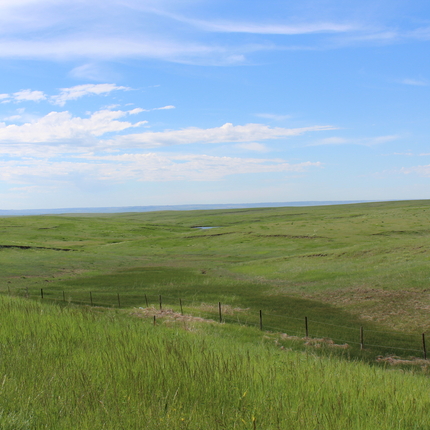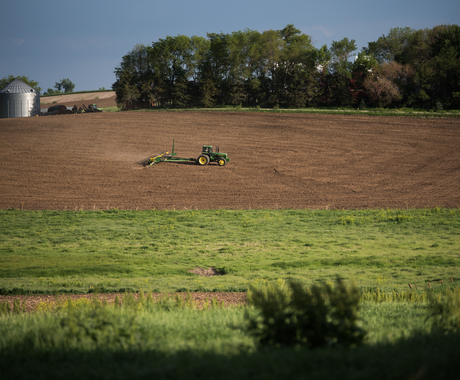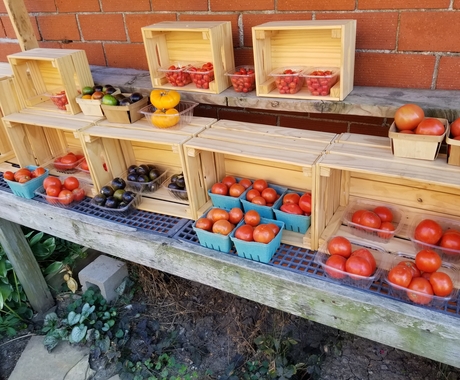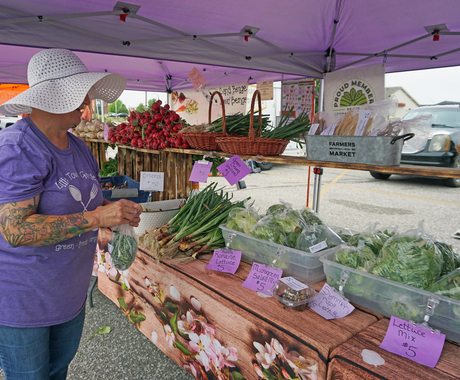By Brad Mohrmann, with K Coe Isom, a consulting firm with roots in rural communities
A new type of carbon credit program designed for long-term conservation initiatives such as conservation easements on grasslands is beginning to enroll landowners this year. The goal of this effort is to develop a pilot project designed to conserve grasslands and reduce potential greenhouse gas emissions from land conversion. The program could potentially pay landowners who are avoiding crop cultivation activities in concert with easement activity.
The United States has lost grasslands to cropland at accelerated rates in recent years. This conversion can lead to a number of environmental issues including loss of habitat, soil erosion, water pollution, and release of greenhouse gases. By maintaining grasslands, landowners can enhance wildlife habitat, improve watershed health, and prevent the release of carbon into the atmosphere.
The new grassland protocol program is important because:
- The program rewards producers and landowners for implementing long-term measures to conserve grasslands.
- Producers and landowners can potentially generate a new revenue stream through carbon credits while still maintaining livestock production.
- Important grassland habitat will be maintained.
The conservation easement component in the pilot program is different from previous carbon payment programs, which offered 5-year segments. Also, long-term carbon storage will be addressed through a permanent conservation easement that prevents tillage.
What are project eligibility requirements?
- Landowners must have either recently placed a conservation easement on their land or be considering a conservation easement. An existing easement must have been in place no earlier than July 22, 2013, to be accepted.
- Your land will be matched to an analysis done by our project team to determine eligibility at no cost. Eligibility factors include NRCS Major Land Resource Area components, soil texture, past land use resulting in significant soil carbon loss when converted to cropland, less than 10% tree canopy, and other factors.
- Land has been grasslands for at least 10 years.
If you are landowner interested in learning more about this opportunity, have questions, or are wondering if this project is a right fit for you, please contact me, Brad Mohrmann with K•Coe Isom at 307.673.4535 or brad.mohrmann@kcoe.com.
----------
This project is funded by a Conservation Innovation Grant through the USDA’s Natural Resources Conservation Service and is being implemented by the Climate Action Reserve along with their project partners. The Climate Action Reserve is a nonprofit carbon offset registry, which has adopted a carbon project protocol to allow for the creation of carbon offset credits from the conservation of grassland threatened by conversion to cropland.
K Coe Isom is a consulting and CPA firm that originated in rural communities in Kansas and Northern California. You can find out more about them at www.kcoe.com/about-us/.





